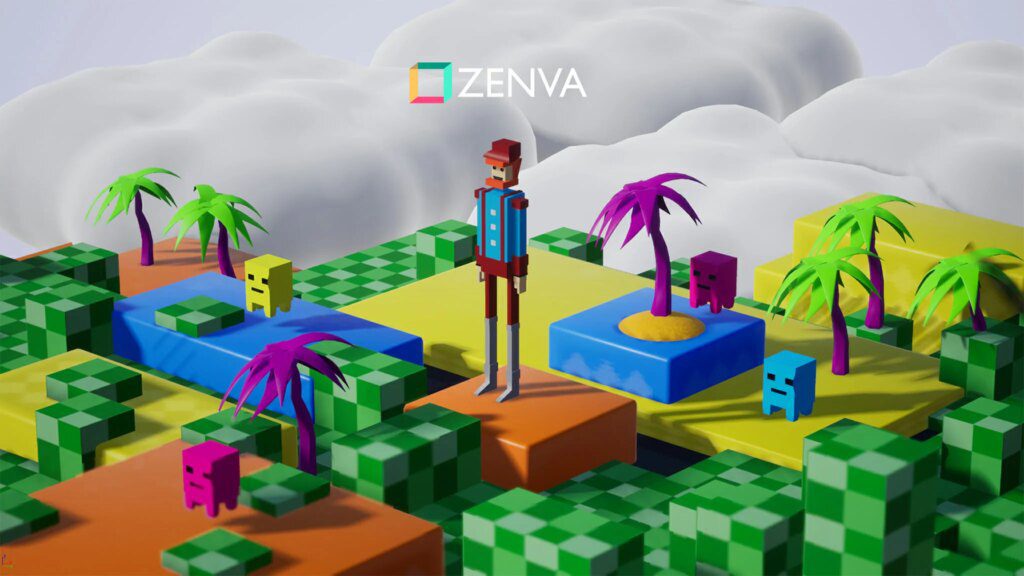Unity is a game development engine that allows developers to create interactive and engaging games for various platforms, including mobile, desktop, and console. It was first introduced in 2005 and has grown to become one of the most popular game engines with over 4.5 million registered developers and over 1.5 billion devices running Unity-powered games. Unity offers a wide range of features such as a visual editor, scripting support, animation tools, physics engine, and more. The Unity workflow involves setting up the project, creating game objects, adding components and scripts, creating scenes, and testing and debugging the game.
Unity: The Versatile Game Development Engine
Game development has come a long way since the early days of video games. Today, game developers are using advanced game engines to create highly realistic and engaging gaming experiences. One such game development engine that has gained immense popularity in recent years is Unity.
What is Unity?
Unity is a powerful game development engine that allows game developers to create highly interactive and engaging games. It is a cross-platform game engine that can be used to develop games for various platforms, including mobile, desktop, and console.
The History of Unity
Unity was first introduced in 2005 by David Helgason, Joachim Ante, and Nicholas Francis. The engine was initially designed for Mac OS X, but it later expanded to other platforms, including Windows, iOS, Android, and Linux. Since then, Unity has grown to become one of the most popular game engines, with over 4.5 million registered developers and over 1.5 billion devices running Unity-powered games.
Features of Unity
Unity offers a wide range of features that make it a versatile game development engine. Some of the key features of Unity include:
- Multi-platform support: Unity allows game developers to develop games for various platforms, including mobile, desktop, and console.
- Visual editor: Unity’s visual editor allows developers to create and edit game objects and scenes visually.
- Scripting support: Unity supports scripting in C#, JavaScript, and Boo.
- Asset store: Unity’s asset store allows developers to download and use pre-built assets for their games.
- Animation tools: Unity offers powerful animation tools that allow developers to create complex animations quickly and easily.
- Physics engine: Unity’s physics engine allows developers to create realistic physics-based interactions in their games.
- Particle system: Unity’s particle system allows developers to create complex particle effects quickly and easily.
- Cross-functional integrations: Unity’s API provides developers with a range of integrations that can be utilized to create a seamless gaming experience.
The Unity Workflow
The Unity workflow involves several stages, including:
1. Setting up the project
The first step in the Unity workflow is to set up the project. This involves creating a new project, setting project parameters, and selecting a platform to target.
2. Creating game objects
The next step is to create game objects. Game objects are the building blocks of a Unity scene. They can be anything from a character to an environment object, such as a tree or a house.
3. Adding components and scripts
After creating game objects, developers can add components and scripts to them. Components are pre-built functionality that can be added to game objects, such as rigidbody or collider components. Scripts, on the other hand, are small pieces of code that add custom functionality to game objects.
4. Creating scenes
Scenes are collections of game objects that make up a level or a section of a game. Developers can create multiple scenes and link them together to create a complete game.
5. Testing and debugging
The final step in the Unity workflow is to test and debug the game. Unity provides a range of debugging tools that make it easy for developers to identify and fix issues in their games.
Conclusion
Unity is a versatile game development engine that provides game developers with the tools they need to create engaging and interactive games. The engine’s multi-platform support, visual editor, scripting support, animation tools, physics engine, particle system, and cross-functional integrations make it a top choice for game developers worldwide. With Unity, game developers can create games that are not only visually stunning but also highly interactive and engaging.
